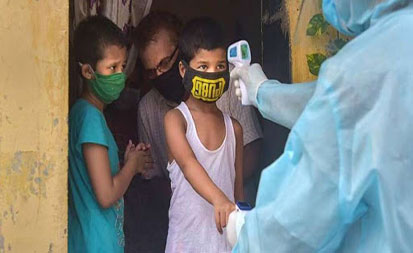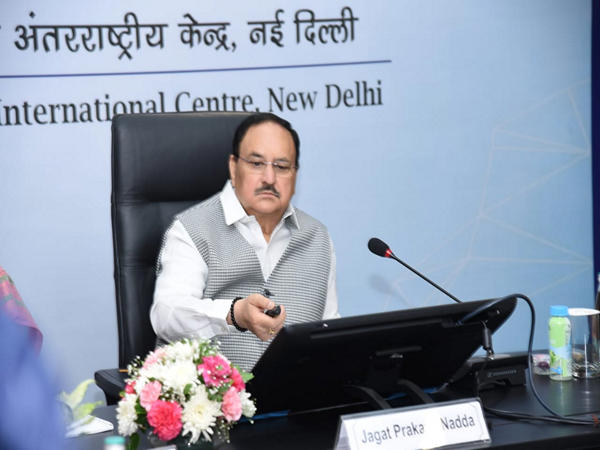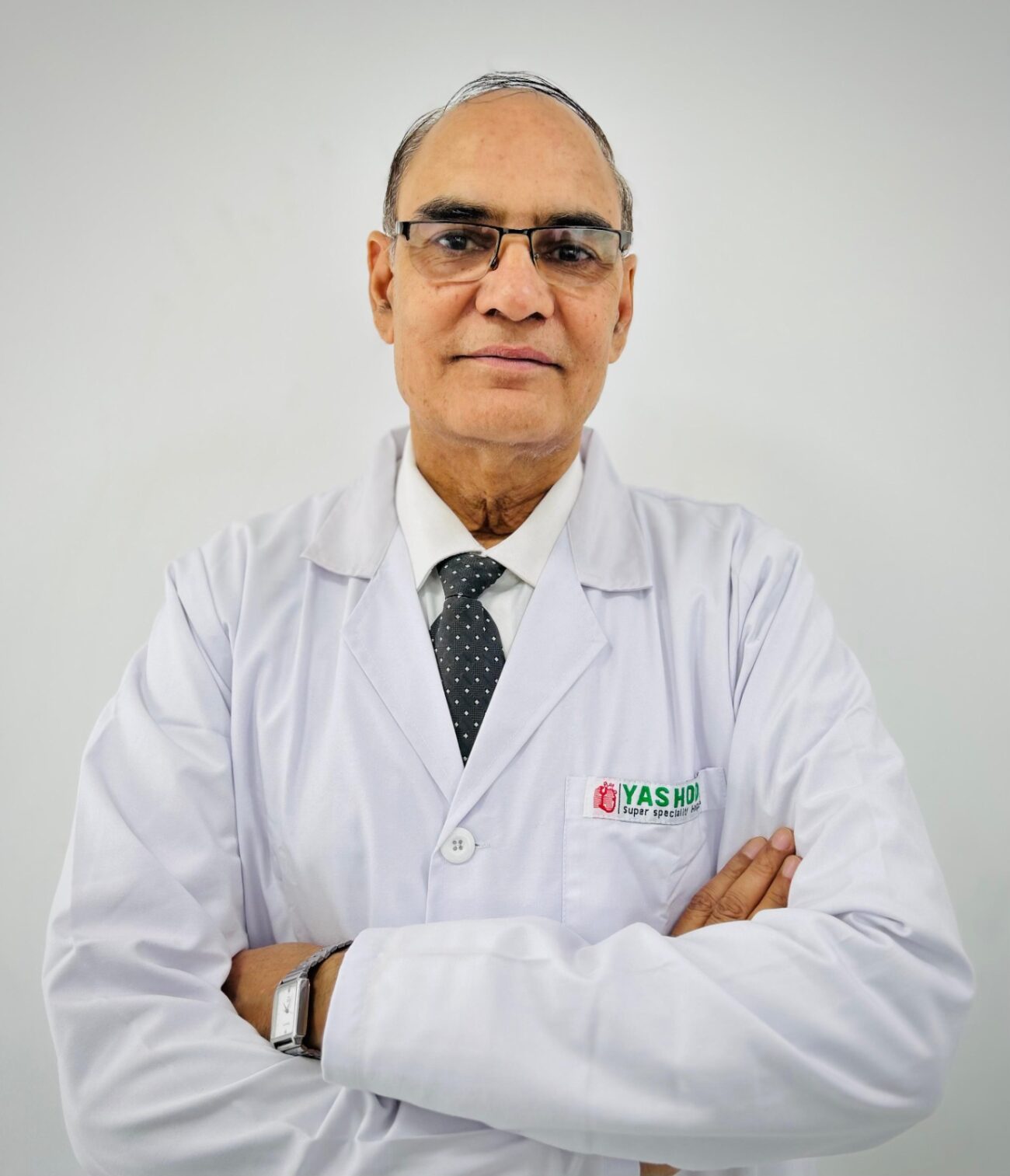Children unlikely to get disproportionately hit by any future third wave of COVID-19: Study
The SARS-CoV-2 sero-positivity rate among children is high and comparable to the adult population and hence, it is unlikely that any future third wave of the prevailing COVID-19 variant would disproportionately affect children aged two

The SARS-CoV-2 sero-positivity rate among children is high and comparable to the adult population and hence, it is unlikely that any future third wave of the prevailing COVID-19 variant would disproportionately affect children aged two years and above, according to the interim findings of an ongoing study conducted in the country.
The interim findings that have appeared on medRxiv, a pre-print server, are based on a mid-term analysis of the data of the 4,509 participants — 700 children in the 2-17 years age group and 3,809 aged 18 years and above—from five states.
The data collection period was from March 15 to June 10 from five sites—Delhi Urban Resettlement Colony, Delhi Rural (villages in Faridabad district of Haryana under Delhi-NCR), Bhubaneswar Rural, Gorakhpur rural and Agartala rural.
The findings are part of an ongoing multi-centric, population-based, age-stratified prospective COVID-19 sero-prevalence study under WHO (World Health Organization) Unity studies conducted by experts, including doctors from the AIIMS—Director Randeep Guleria and Professors from the Department of Centre for Community Medicine Puneet Misra, Shashi Kant and Sanjay K Rai—in the five selected states with a proposed total sample size of 10,000.
“The seroprevalence was 55.7 per cent in the below 18 years age group and 63.5 per cent in the above 18 years age group. There was no statistically significant difference in prevalence between adult and children,” the findings stated.
The site-wise numbers of available data among the 2-17 age group were 92, 189, 165, 146 and 108 for Delhi Urban Resettlement Colony, Delhi Rural, Bhubaneswar Rural, Gorakhpur Rural and Agartala Rural respectively.
The total serum antibody against the SARS-CoV-2 virus was assessed qualitatively by using a standard ELISA kit.
The study findings come amid concerns raised in the country regarding a probable third wave of COVID-19 where children and youngsters are likely to get affected the most.
Irrespective of the age group, rural sites had a lower sero-positivity rate compared to the urban site (in Delhi). Within the rural sites, children had a slightly lower sero-positivity rate compared to adults. However, this differential prevalence was not observed in the urban site, according to the findings.
“There was a slightly higher sero-positivity rate observed among female children. This finding was in contrast to the meta-analysis where it was shown that the prevalence is higher in men. This may be a chance finding due to small number of data available at the time of mid-term analysis,” the study stated.
The higher seropositivity rate in children aged 10-17 years may be reflective of their higher mobility and independence compared to the younger children.
As reported in the literature, a large proportion of children (50.9 per cent) had asymptomatic COVID-19 infection.
In India, the sero-prevalence among children and youngsters was estimated as a part of a larger nationwide survey on adults. The second nationwide sero-prevalence study done in August-September 2020 had reported a nine per cent seropositivity among 3,021 children aged 10-17 years while according to this study, it is 60.3 per cent.






